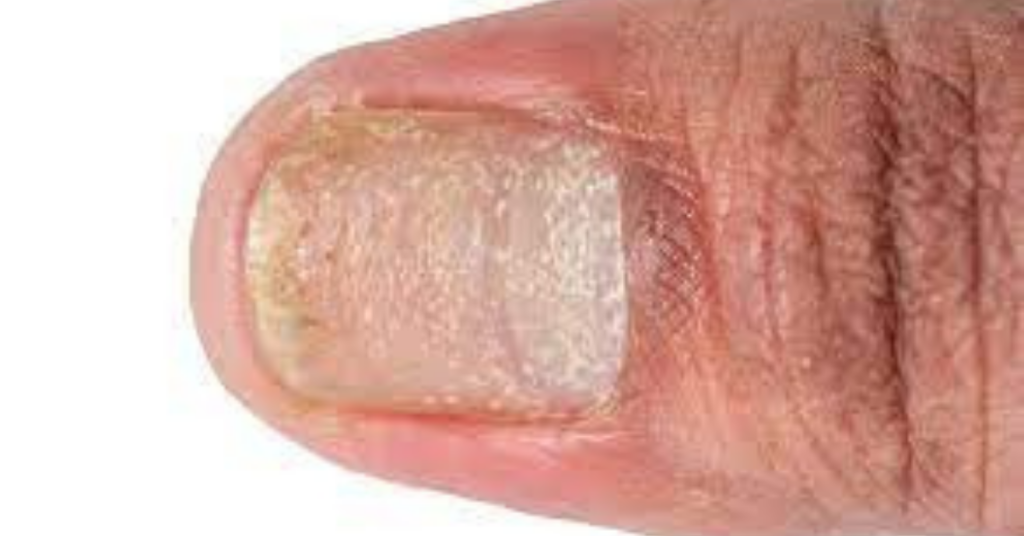Your toenails and fingernails protect the tissues of your toes and fingers. They are made up of layers of a hardened protein called keratin, which is also in your hair and skin. The health of your nails can be a clue to your overall health. Healthy nails are usually smooth and consistent in color. Specific types of nail discoloration and changes in growth rate can be signs of lung, heart, kidney, and liver diseases, as well as diabetes and anemia. White spots and vertical ridges are harmless.
Nail problems that sometimes require treatment include:
- Ingrown toenails: If the toenail is not cut properly, it penetrates into the nail-fold as it grows, causing redness, swelling and pain..
The best way to avoid an in-growing toenail is to ensure that your toenails are cut properly. There are three cardinal rules to follow when you are trimming your toenails:
• Don’t cut them too short.
• Don’t ever cut down the side of the nail.
• Always follow the shape of the toe.
Treatment
excision
- Fungal infection or onychomycosis: Fungus can infect any part of the body. Infection of the nails by fungus is called onychomycosis. Fungal infection causes thickening, breaking and discolouration of nails. When fungus infects the areas between your toes and the skin of your feet, its called athlete’s foot (tinea pedis).
Symptoms of fungal infection-
- Thickened
- Whitish to yellow-brown discoloured
- Brittle, crumbly or ragged
- Distorted in shape
- A dark colour, caused by debris building up under your nail
- Smelling slightly foul
- Nail fungus can affect fingernails, but it’s more common in toenails.
- Paronychia or red inflamed nail folds: Paronychia is inflammation of the nail folds which become swollen, painful and red. In severe types, pus may ooze from the nail folds. Too frequent and prolonged immersion of the hands in water is the primary cause of paronychia. Once the damage to the skin has occurred, infection by fungus and bacteria may supervene. It is commonly seen in housewives, kitchen helpers, bakers and dishwashers.
Prevention of paronychia
Paronychia can easily be prevented if you-
- Keep your hands as dry as possible
- Dry wet hands carefully
- Use rubber gloves (especially if your hands have to be in contact with water for long periods of time)
- Handle the nail-cuticle carefully.
Once the problem has set in, seek expert help — you might require medication with antibiotics and antifungal agents.
Other nail disorders are brittle nail,leukonychia,perungal warts and tumor.


